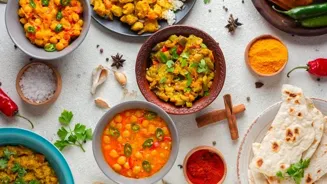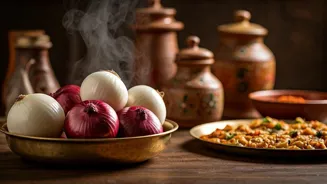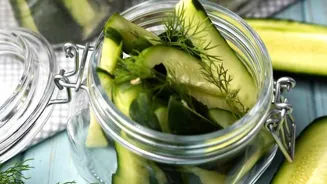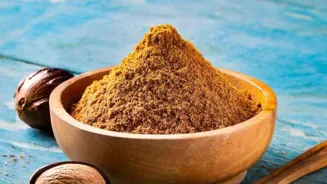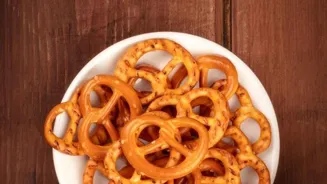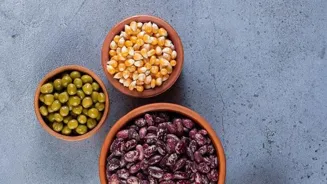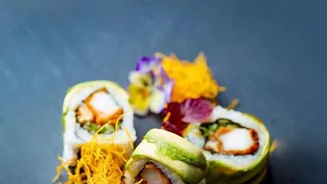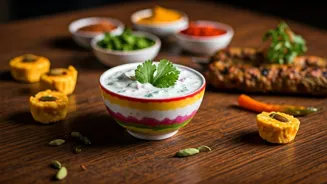Discover the essence of Indian cooking with 7 traditional methods. Dive into the magic of flavors and textures!
India, a land brimming with festivals, diverse cultures, and of course, food! Indian cuisine
isn't just about the masalas and spices; it's a beautiful blend of traditions passed down through generations. The way we cook our food is as important as what we cook.
Here are seven traditional Indian cooking methods that add unique flavors and textures to our meals. These aren't just techniques; they’re glimpses into our rich culinary heritage. Learning them can seriously up your cooking game, bringing a touch of authenticity to your kitchen.
So, let's dive in and explore the magic!
Tadka (Tempering): Sizzle and Spice
Tadka, also known as tempering or seasoning, is a cornerstone of Indian cooking. It's the art of blooming spices in hot oil or ghee to release their aroma and flavor, then adding this fragrant mixture to a dish.
Think of it as the final touch, the chef's kiss that elevates a simple dal or sabzi to something extraordinary. The beauty of tadka lies in its simplicity and the profound impact it has on the overall taste.
It's a quick process, but it requires careful attention to heat to prevent the spices from burning. When done right, tadka infuses the dish with a deep, rich flavor and a tantalizing aroma that awakens the senses.
The choice of spices and oil depends on the dish, but common ingredients include mustard seeds, cumin seeds, asafoetida (hing), dried chillies, and curry leaves. From the north to the south, tadka finds its place, changing slightly with regional preference.
It truly showcases how simple additions can result in complex flavor profiles to vegetarian dishes.
Dum Cooking: Slow and Steady Wins the Flavor Race
Dum cooking is a slow cooking technique where food is sealed in a pot, usually with dough, and cooked over low heat. The word "dum" literally means "to breathe" or "to steam," highlighting the method's emphasis on trapping steam to cook the food evenly and infuse it with flavor.
This method is perfect for dishes that require extended cooking times, such as biryanis, kormas, and even some dals. The slow cooking process allows the flavors to meld together beautifully, resulting in a dish that is both tender and aromatic.
The sealing of the pot ensures that no steam escapes, preserving the moisture and flavors within. Traditionally, the pot is sealed with dough (atta), but you can also use a tight-fitting lid and weigh it down. Dum cooking requires patience and precision, but the results are well worth the effort. Vegetarian dishes like Dum Aloo become especially flavorful using this slow-cooking method
Bhuna: The Art of Dry Sautéing
Bhuna refers to the technique of dry sautéing spices and aromatics over medium heat until they release their essential oils and deepen in flavor. This method is often used as a first step in many Indian curries and dishes.
The key to a successful bhuna is patience and constant stirring to prevent the spices from burning. As the spices cook, they go through a transformation, releasing their aroma and developing a deeper, richer flavor. This process lays the foundation for the overall taste of the dish.
Bhuna is not just about cooking the spices; it's about coaxing out their true essence. Ingredients like ginger, garlic, onions, and tomatoes are often added during the bhuna process, creating a flavourful base for curries. The technique of bhuna can create intense, rich flavors to vegetable-based curries
Roasting: The Nutty Goodness Approach
Roasting in Indian cooking isn't confined to ovens! We often dry roast ingredients like spices, grains, nuts, and lentils on a tawa (flat griddle) or in a kadhai (wok). This technique enhances their aroma, intensifies their flavor, and adds a pleasant nuttiness.
Roasting spices before grinding them is a common practice that unlocks their full potential and prevents them from clumping together. Grains and lentils are often roasted to improve their texture and digestibility. Nuts are roasted to bring out their natural oils and create a satisfying crunch.
The art of roasting lies in controlling the heat and stirring frequently to ensure even cooking and prevent burning. Different ingredients require different roasting times and temperatures, so it's important to pay attention and adjust accordingly. When done right, roasting can transform simple ingredients into culinary treasures and gives depth to vegtable options
Tandoor Cooking: The Clay Oven Magic
While access to a traditional tandoor (clay oven) might be limited, understanding the concept is important. Tandoor cooking involves using intense heat to cook food quickly and evenly.
The high heat sears the outside of the food, creating a smoky, charred flavor, while the inside remains moist and tender. Traditionally, tandoors are used to bake bread (like naan and roti) and cook marinated meats and vegetables.
The unique smoky flavor of tandoor-cooked food is hard to replicate, but you can achieve similar results by using a grill or oven at high heat. While recreating the exact tandoor experience at home might be tricky, understanding the principles helps appreciate the depth of flavors.
Steaming: Gentle and Healthy
Steaming is a gentle cooking method that preserves the nutrients and natural flavors of food. It's a popular technique in Indian cuisine for preparing dishes like idlis, dhoklas, and momos.
Steaming involves cooking food over boiling water, allowing the steam to gently cook it without directly submerging it in liquid. This method retains the vitamins and minerals that can be lost during boiling or frying. Steamed dishes are light, healthy, and easy to digest.
The simplicity of steaming makes it a versatile technique that can be used to cook a variety of vegetables, grains, and even desserts. The use of flavorful broths or aromatics in the steaming water can further enhance the taste of the food.
Steaming is perfect for those seeking healthy vegetarian and vegan meals.
Shallow Frying (Tawa Fry): Crispy Delights
Shallow frying, or tawa frying, involves cooking food on a flat griddle (tawa) with a small amount of oil. This method is ideal for achieving a crispy exterior while keeping the inside relatively soft. Dishes like parathas, dosas, and cutlets are often prepared using this method.
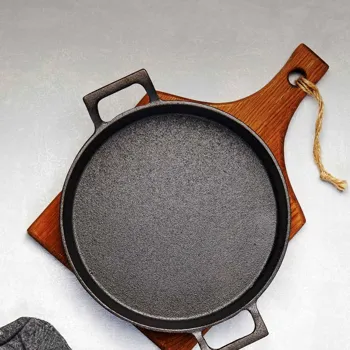
The key to a successful tawa fry is to maintain a medium heat and flip the food frequently to ensure even cooking. The type of oil used can also impact the flavor of the dish. Ghee (clarified butter) is often preferred for its rich flavor, but vegetable oil can also be used.
Tawa frying requires some skill and attention to detail, but the results are well worth the effort. The crispy texture and flavorful aroma of tawa-fried dishes make them a popular choice throughout India offering amazing flavors. Making vegetable cutlets on Tava is a very popular dish in India and its served with chutney
